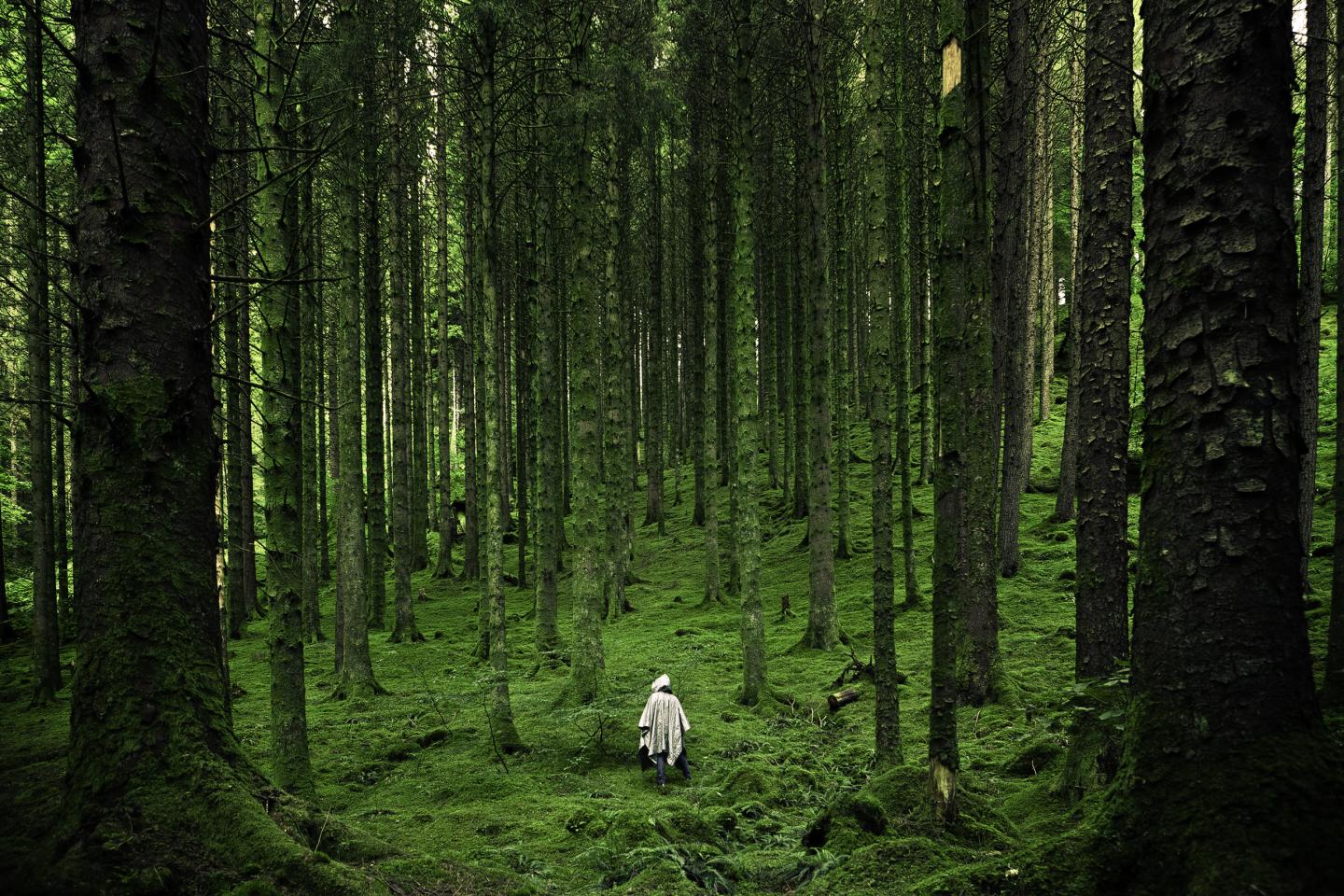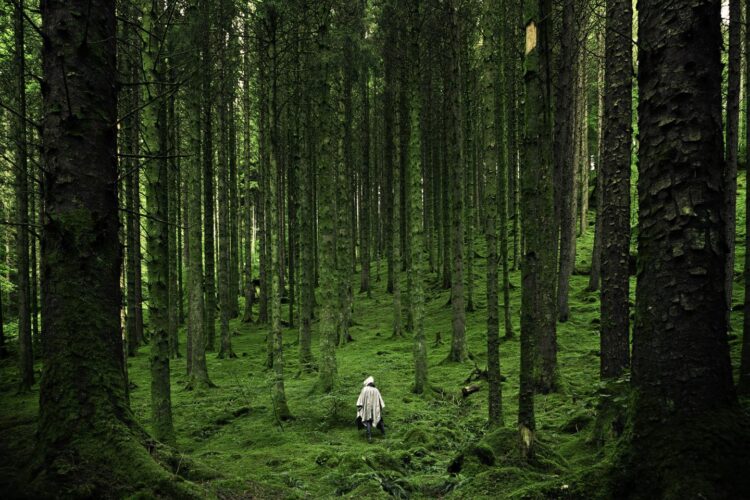
Credit: Luis Del Rio/Pexels
To calculate the true value of a forest, we need to know how people benefit from it, according to new research published in Nature Sustainability. A healthy forest holds a treasure trove of benefits for people — it can filter water for downstream communities, supply timber for building, and provide a place for people to connect with nature. But a forest — or any other ecosystem — won’t necessarily provide the same things to everyone.
“Context matters,” says Lisa Mandle, lead scientist at the Stanford Natural Capital Project and lead author on the paper. “If we want to protect the critical natural assets we all depend on, we need actionable policies that incorporate people’s diverse needs. It shouldn’t be a one-size-fits-all approach when we’re talking about people and nature.”
There’s a growing global movement to invest in nature in order to protect vital resources and improve climate resilience. But for nature to be factored into policies, sustainable development plans, and other management decisions, the researchers say the science behind them needs to be more inclusive and people-centric.
They also say a focus on equity is crucial. People benefit from nature in different ways — a forest might provide valuable timber for one group while providing deep cultural significance for another. When all the individuals or groups receiving those benefits aren’t considered, the people who depend on nature the most can be left behind.
“If you don’t know who specifically would benefit from which ecosystems, how can you prioritize where and how to conserve?” said Taylor Ricketts, director of University of Vermont’s Gund Institute for Environment and co-author on the paper. “We want to make sure the benefits of ecosystems are shared equitably, so that we don’t make existing racial and social inequality even worse.”
Nature-based solutions can create triple-win scenarios for economies, ecosystems, and people. From securing local water supplies to informing coastal development plans, understanding the values that nature provides to people can be a powerful tool for decision-makers. But too often, the research doesn’t pay enough attention to the people part.
“People need to see themselves — their values and needs — supported in conservation efforts. Often, research will try to assign an overall dollar value to nature without thinking about who will benefitting from it. That’s like saying you have $50 of food in your pantry, but you don’t know what kind of food it is or who will be eating. You can’t plan your meal without knowing what you have and what your diners need,” said Mandle.
The researchers recommend actions for their own scientific community that focus on building understanding around who is benefitting from nature in the communities they’re hoping to serve. They emphasize direct engagement with people, so that science and policy can be better equipped to meet societal needs, increase equity, and protect vital resources.
“This is a call for us all to do a better job. We can better deliver the information needed to move towards a more sustainable and equitable future,” said Mandle. “And that’s what we’re all working toward.”
###
Other Stanford Natural Capital Project authors on the paper include Rebecca Chaplin-Kramer, Jeffrey Smith, Adrian Vogl, Gregory Verutes, and Gretchen Daily. Author Peter Hawthorne is with the Natural Capital Project team at the University of Minnesota’s Institute on the Environment. Other authors include Analisa Shields-Estrada (University of Texas at Austin), Matthew G.E. Mitchell (University of British Columbia), Leah L. Bremer (University of Hawai’i), Jesse D. Gourevitch (University of Vermont), Justin Johnson (University of Minnesota), Brian E. Robinson (McGill University) and Laura J. Sonter (University of Vermont, University of Queensland).
Media Contact
Sarah Cafasso
[email protected]
Original Source
https:/
Related Journal Article
http://dx.





